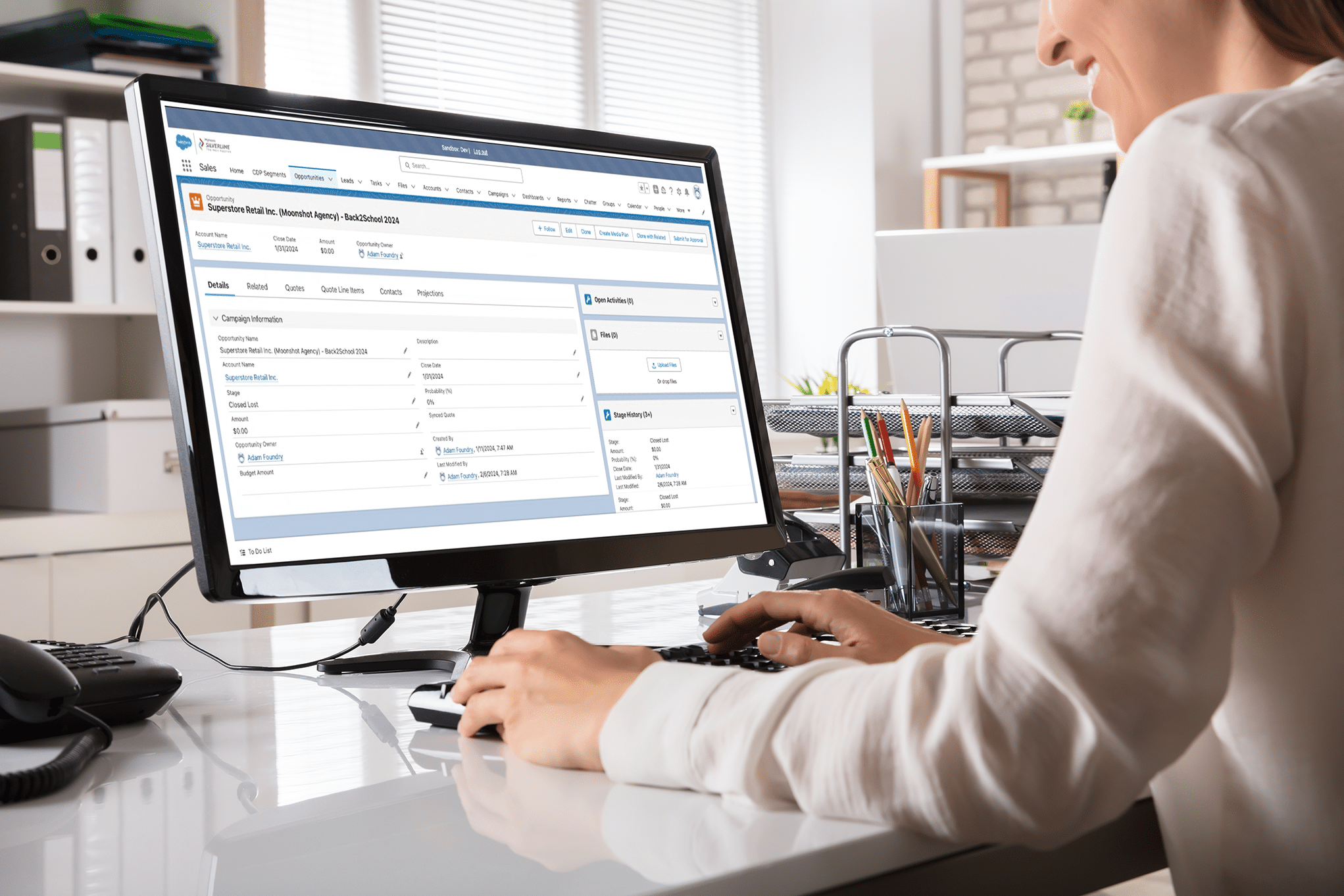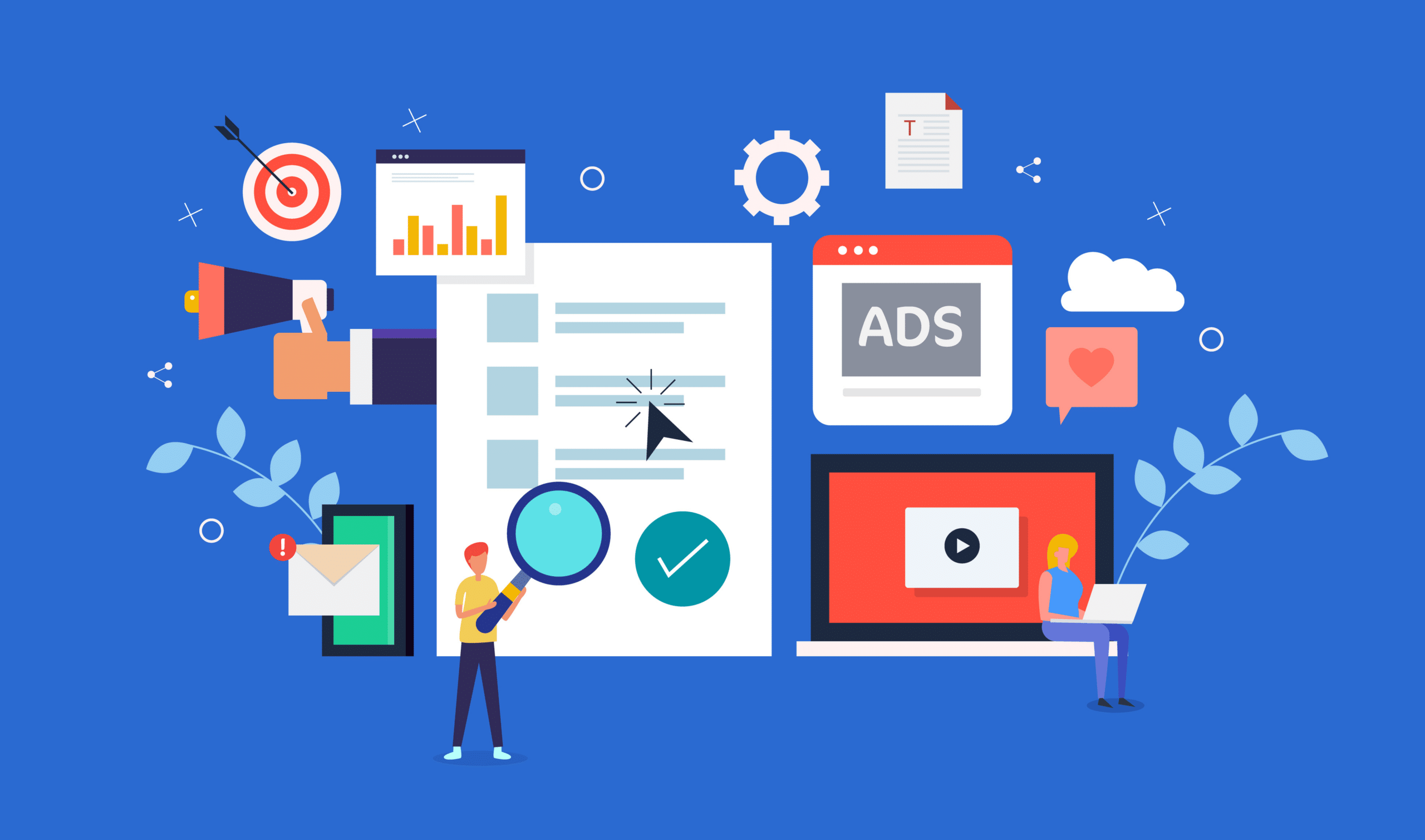There used to be a time before the internet and mobile phones when people used an address book. It was a physical book organized alphabetically where you would write down names, addresses, and phone numbers.
The address book was the go-to place to store your family and friends’ information, but as time went on, there became less and less need for it as we started to keep phone numbers on our phones and addresses became only for sending holiday cards.
The old-school address book is a similar concept to today’s customer data platform (CDP). A CDP is a marketing system that unifies a company’s customer data to enable customer modeling and optimize the timing and targeting of messages and offers.
But the notion of a CDP may seem as foreign to media companies as the obsolete address book. Organizations need help understanding what data they have stored, how to potentially leverage it, and where to begin their CDP journey.
Here we share the ways a CDP can benefit your media company and how to start building a foundation for CDP success.
Data is the currency in today’s media world
Data is the lifeblood of media organizations. It could be data sets from subscriptions, content, viewability, demographics, or audience data for media planning or media attribution. On the retail media side, it may be what customers are searching for and purchasing, or tracking in-store movements.
Yet, according to the 2022 CDP Institute Member Survey, nearly two-thirds of companies still don’t use a customer data platform (CDP). This stat is not surprising to us, and we often hear similar feedback from our media clients that they have a loose form of a CDP. The reasoning is usually that they don’t know how to get started. Many are unsure if they even possess the right data or how to manage, store, and centralize it.
Some of the early steps we recommend are to zoom out and examine why a business needs a CDP in the first place. Figure out the purpose behind it and what you are trying to get out of it. Next, look at your current data systems and assess what you have and what you don’t have. Once you have a baseline infrastructure in place, you can connect it all together in a centralized format and start building the purpose behind your CDP journey.
The journey is going to be different for every media company, but the value of the data is ubiquitous. Having data in a centralized form gives organizations not only the capability of others to access their audience but for them to understand their own audience. Whether it’s selling that audience, marketing to that audience, or gaining a better understanding of the audience, all that data, both at a small scale and macro level, is incredibly valuable in its own right.
The challenges of achieving a single source of truth
So, what is the driving force behind media organizations looking at upgrading their MarCom stack with a CDP? For media advertising teams specifically, the cookieless future is a significant factor. The depreciation of third-party cookies is making companies focus more on gaining precious first-party data. CDP is the primary tool for marketers to digitally transform and create a first-party data strategy that is not dependent on third-party data.
According to the IAB State of Data Report, less than half (45%) of publishers are collecting enough first-party data for audience marketing. This point means that more than half of publishers are currently unable to offer extended reach through first-party data matching to their advertisers. One of the action plan steps that the IAB recommends is to aggregate and consolidate all your data into one place in order to do a full assessment of your data stack to identify any gaps.
The ultimate goal is to have a single source of truth for your audience, but this ambition is a struggle for many organizations. A media company has more than one database of record. It has several fragmented systems, and the purpose of the CDP is to bring those fragments together into a unified whole that allows you to see and collect insights or design strategies around how to engage audiences better. Bringing together all these bits of data that live across various platforms helps to create a unified profile of a person.
Salesforce Data Cloud optimizes customer data
Salesforce Data Cloud is a CDP that can unlock the value of your first-party data from Salesforce and beyond. The platform securely joins first-party data from within Data Cloud to enrich existing customer profiles, create smarter segments, and extend reach to new channels.
With Salesforce Data Cloud, you can activate personalized advertising at scale with unified data. By engaging high-value audiences using unified first-party data from across the entire customer lifecycle, you can deliver more personalized experiences and improve ROI. You’ll gain audience insights into demographics, consumer intent, and ad efficacy to optimize engagement and ad spending.
With Salesforce Data Cloud, your media organization will benefit from:
- Building a trust-based first-party data asset: Solve governance and privacy management problems at the infrastructure layer by ensuring compliance with increasingly stringent data regulations. Track consent preferences with consumer privacy laws by capturing and activating known and unknown data.
- Creating a single source of truth: Data Cloud ingests and unifies data from anywhere to reconcile customer identity and understand the complete picture for each individual.
- Going beyond marketing: Use unified data to make every engagement contextual, personalized, and human across subscriptions, service, and advertising sales, as well as marketing touchpoints.
- Supercharging analytics: Make better decisions faster by understanding your customer at any moment through AI-powered insights and analytics. The Data Cloud platform, through unifying and connecting all enterprise data, provides a scaled set of data embedded with rich insights to drive success.
Silverline can help guide media organizations through every stage of a CDP journey, from strategy and implementation to managed services. Our team leverages insight acquired from real-world expertise gained across the media industry. Silverline understands the changing media environment and has seen first-hand how the power of Salesforce technology can help organizations address their CDP challenges. Find out how we can help your organization.




